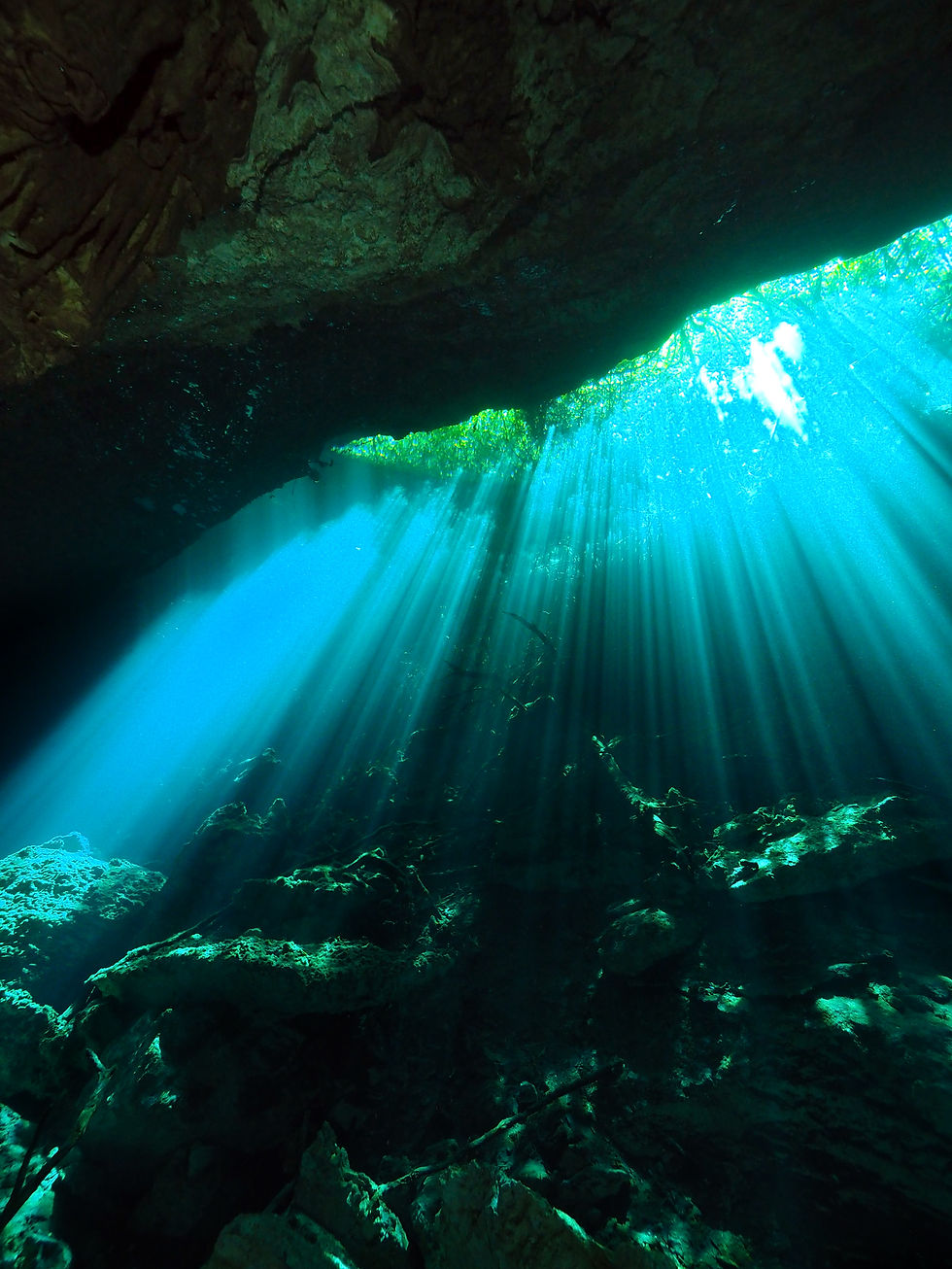
Mexico, 2015 - Cave Training and Diving
Preview

There is a choice of manifolded doubles or independent singles. For sidemount diving, it is the latter.

Cave diving certification requires understanding of underwater protocols, execution of dive plans and team communication.



Warning sign at cave entrance. They are there for a reason.

Hours of skills practice in swimming pools and open water done, it is time to enter the overhead environment.



Line handling and procedures are an important part of cave diving. The continuous line is literally a diver's lifeline.

The purpose of cave dive training is to equip technical divers with the needed skills for cave diving and to bring them to the level where they can truly appraise the natural beauty of the caves.

Reflections on the water surface - from below.

Cave diving is a team sport: each team member has a clearly defined role.

Cave diving certification from a recognized diving agency - such as PSAI - is required to gain access to underwater cave systems at many sites.

Proper and intensive training is a prerequisite before one can safely appreciate and protect the million-year-old earth formations from underneath the ground.



Cave diving demands impeccable buoyancy control and technique.

Cave divers are not only trained on skills but also on the mentality of safety and readiness to handle situations under potentially stressful circumstances.











and some technical drills.

Postcard to those who weren't there.















Our team of eight.
